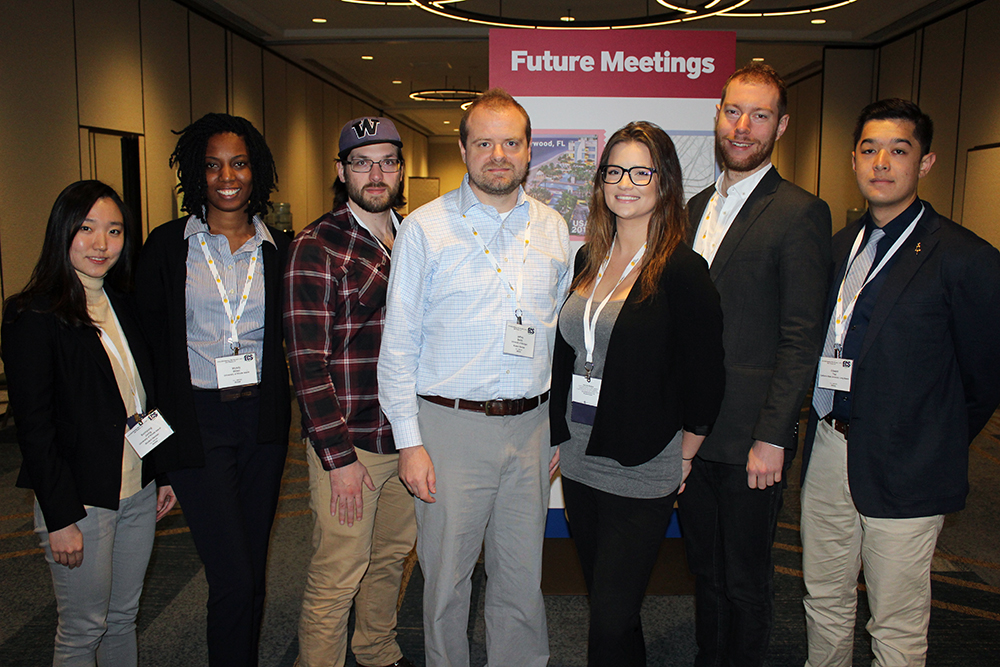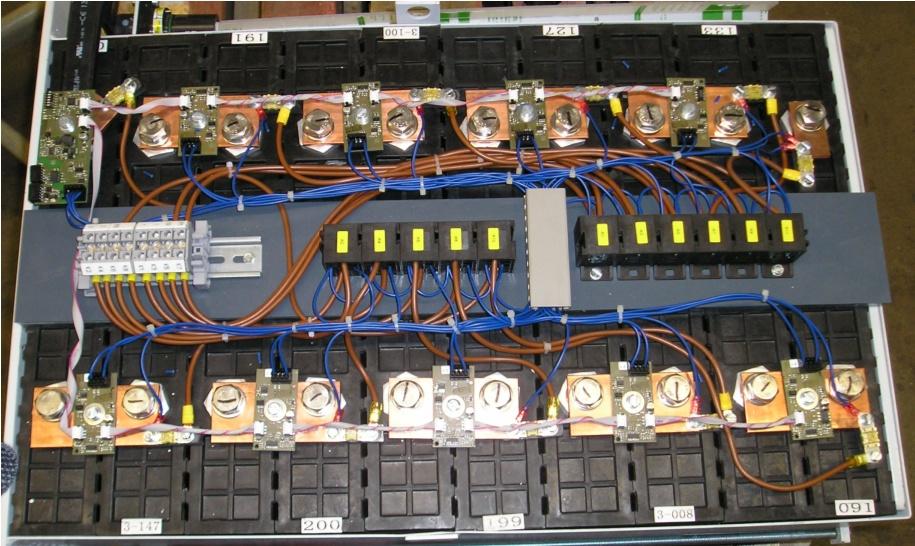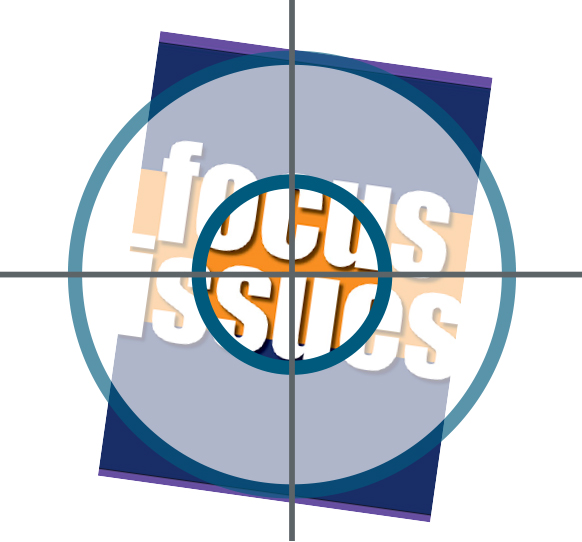
Participants of the inaugural Battery Student Slam at the 231st ECS Meeting, from left to right: Sunhyung Jurng (session chair), University of Rhode Island; Mickdy Milien (session chair), University of Rhode Island; Robert Masse, University of Washington; Jeffrey Smith, University of Michigan; Jennifer Hoffmann (session chair), BASF Corporation; Vaclav Knap, Aalborg University; and Edward Thai, California State University, Long Beach.
(Click to enlarge.)
The first ever ECS Battery Student Slam symposium took place at 231st ECS Meeting in New Orleans, providing young researchers a new experience in presenting oral presentations at ECS meetings. After the success of the inaugural symposium, the Battery Student Slam is set to make its second appearance at the upcoming 232nd ECS Meeting in National Harbor, MD, October 1-5.
“We’re trying to create a symposium format that’s student-friendly,” says Brett Lucht, lead organizer of the symposium at the 231st ECS Meeting.
The symposium is open to students pursing undergraduate or graduate degrees geared toward battery-related research, ranging from battery materials and design to fuel cells and supercapacitors. Each student participating in the symposium delivers a 10 minute presentation about their work followed by two minutes of questions and discussion from the audience. The top three presentations in the symposium are then recognized with cash prizes and awards as judged by the symposium organizers.
“By putting students in their own symposium and giving them shorter periods of time for their presentations, we felt it would create less stress for the students,” Lucht says.
During the inaugural symposium at the 231st ECS Meeting, Wenhao Li from the University of Massachusetts at Amherst took home the first place prize with his talk, “Nanoimprinting of Woodpile Electrodes for 3D Lithium-Ion Microbatteries with Both High Capacity and Power.”
(more…)



 The
The 

 Researchers have developed a new method for evaluating drug safety that can detect stress on cells at earlier stages than current methods, which mostly rely on detecting cell death.
Researchers have developed a new method for evaluating drug safety that can detect stress on cells at earlier stages than current methods, which mostly rely on detecting cell death. Researchers have developed an inexpensive and scalable technique that can change plastic’s molecular structure to help it cast off heat.
Researchers have developed an inexpensive and scalable technique that can change plastic’s molecular structure to help it cast off heat.